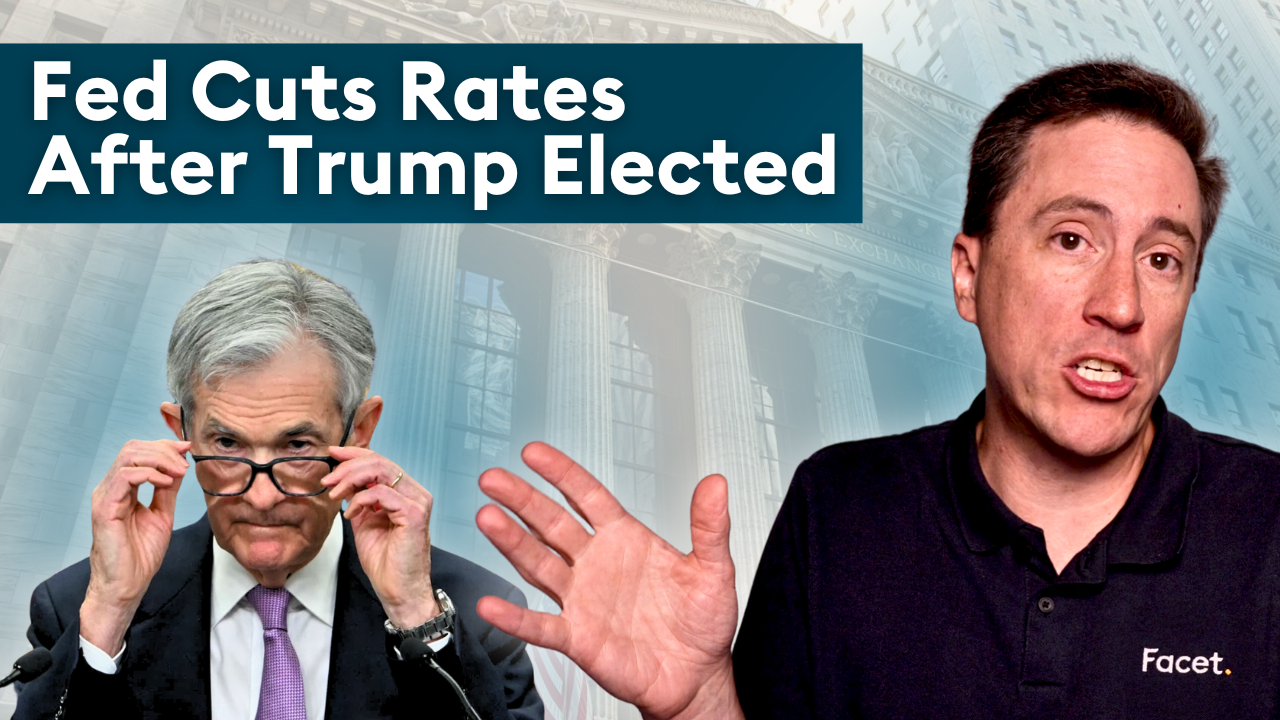
Key takeaways
- The rule of 55 allows penalty-free withdrawals at 55 years or older from employer plans like 401(k)s
- To qualify, one must retire/quit/get laid off at/after age 55
- Always check with your employer to see if they offer early withdrawals; plan eligibility varies
- Pros are penalty-free withdrawals and potentially expedited retirement; risks include outliving money and high taxes
- Other factors to consider before electing the rule of 55 are health insurance, impact on other retirement plans, returning to work, and Social Security
Most of us dream about retiring early, but there are many things to consider before taking the leap: outliving your money, taxes, and long-term care costs are just a few.
If you've already checked off every box on the pre-retirement worry list and are ready to call it quits, the “rule of 55” might make your transition a little smoother.
Here’s what this IRS exemption is, how it works, and some things to consider before you take action.
What is the rule of 55, and how does it work?
The rule of 55 allows those 55 or older to withdraw from their employer-sponsored retirement plan (e.g., a 401(k) or 403(b)) without a 10% IRS penalty. Just remember, you're still on the hook for income taxes since the funds have never been taxed.
Eligibility requirements for the rule of 55 include:
- You must retire, get laid off, or quit during the year you turn 55 or after.
- Public safety employees such as police officers, EMTs, and firefighters can start to take money from their accounts in the calendar year of their 50th birthday.
- The only eligible plan is from your most recent employer. Other retirement plans adhere to the traditional 59½ rule.
- Money not withdrawn must be left until age 59½.
Who does the rule of 55 apply to?
The rule of 55 isn't for everyone. To see if it makes sense for you, self-qualify using the following criteria.
You should be able to answer “yes” to at least one of these:
- You’re in your mid-50s, achieved your retirement goals, and are ready to begin an early retirement.
- You’re changing jobs and need supplemental earnings to cover expenses in the interim.
- You have a health condition, possibly a disability, precluding you from working, requiring access to funds to cover health care expenses.
- You were offered an early retirement plan or laid off in your mid-50s and need income to cover this unexpected life event.
What to know before you take an early retirement distribution
Always check with your employer before taking a distribution. Not all plans are eligible.
Once you’ve confirmed your employer offers it, pick your retirement date and make sure it’s after your 55th birthday. From there, you must complete the paperwork your employer provides and select how often you want to receive your distributions (withdrawal frequency).
Of course, it is always wise to have a financial planner or tax professional review your withdrawal strategy to identify potential tax consequences.
Rule of 55 pros & cons
Everyone’s retirement journey is unique. While early retirement withdrawals may provide flexibility, every plan has its downsides.
Pros
- Penalty-free withdrawals. You can withdraw funds from your employer-sponsored retirement plan without a 10% early withdrawal penalty.
- Expedited retirement. An early retirement can be a stimulating move toward a new chapter.
- Alternative income. Potentially prevent electing early social security benefits.
Disadvantages
- You may outlive your money. If you fail to plan a conservative retirement income strategy, you may run out of money.
- Possible adverse tax events. Every dollar from a traditional retirement plan is taxable. If you depend solely on this money for income, you run the risk of going into a higher tax bracket than when you were working.
- Complex planning. Your income strategy has to be able to work seamlessly with your overall financial plan. If you’re not working with a professional, you run the risk of falling out of scope.
Does it make sense for you?
The rule of 55 isn’t right for everyone. Consider the following scenarios and decide if any apply to you.
Will you lose health insurance when you leave your job?
Not many employers let you keep your health insurance when you leave. If you don’t have a partner’s plan or Medicare (if you’re disabled) to fall back on, you’ll likely have to pay an arm and a leg for individual coverage. Review your COBRA options and the health insurance marketplace before you make a move.
Will it affect other retirement plans?
Other retirement plans, like Roth IRAs, won’t be affected if you elect the rule of 55 with your existing workplace retirement plan. All other plans follow the standard 591/2 penalty-free withdrawal rule.
What happens if you return to work?
This rule only applies to the plan at your most recent employer. You can start a new job and contribute to a new retirement plan without impacting your existing distributions.
Will it impact your Social Security benefits?
You can’t claim Social Security benefits until you’re at least 62. However, a period of no income during the transition from early retirement to when you claim Social Security could potentially decrease your total benefit amount.
What other early retirement withdrawal options are available?
The rule of 55 isn’t the only path to early retirement withdrawals. The IRS offers other exceptions to early withdrawal tax penalties if you meet specific criteria.
- Substantially equal periodic payments. Enable those under 59½ to withdraw funds penalty-free. Payments must be consistent, equal, and last for at least five years or until 59½, whichever is longer.
- Unreimbursed medical expenses. For costs exceeding 7.5% of adjusted gross income.
- Disability. If you are permanently disabled, you can withdraw from your retirement account penalty-free.
- Unemployed health insurance premiums. If you're not working, you can use funds from your IRA to cover health insurance premiums.
While early retirement withdrawals may seem tempting, it's important to consider the potential consequences and explore alternative options. It's always best to consult with a professional before making any major decisions regarding your retirement funds to ensure you make the most informed choice for your individual situation.
Get help when you need it
Retiring early is difficult without retirement income stream from a 401(k) or 403(b). However, it's still possible with the proper planning in place.
Get help from financial experts who do this everyday. They’ll analyze your current situation and tell you if it aligns with your overall goals.


